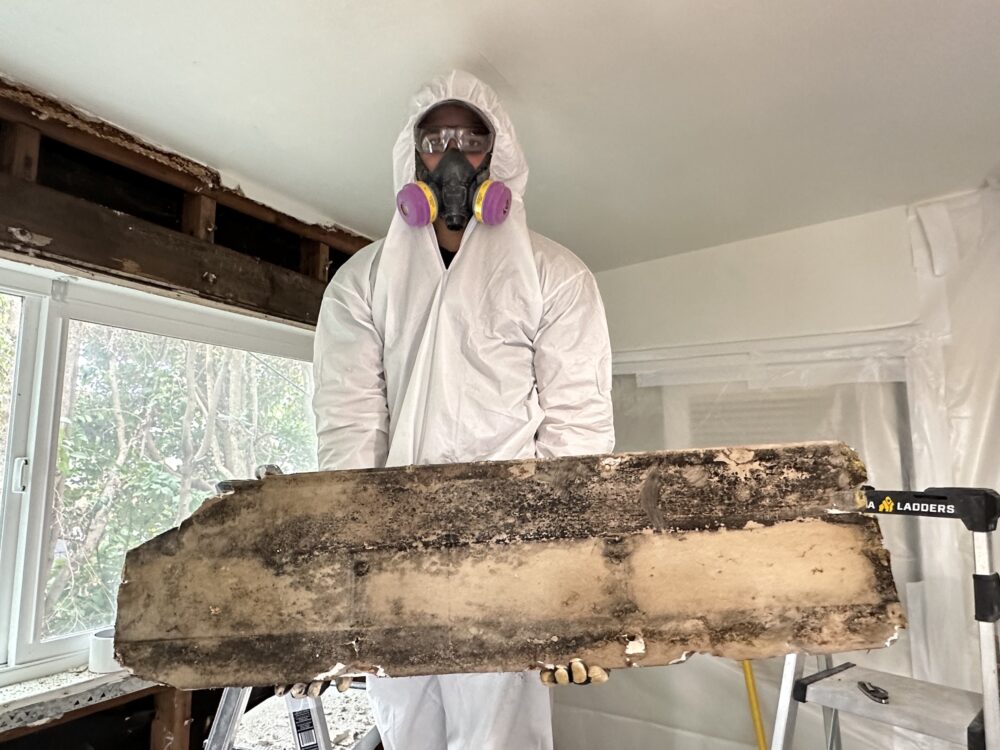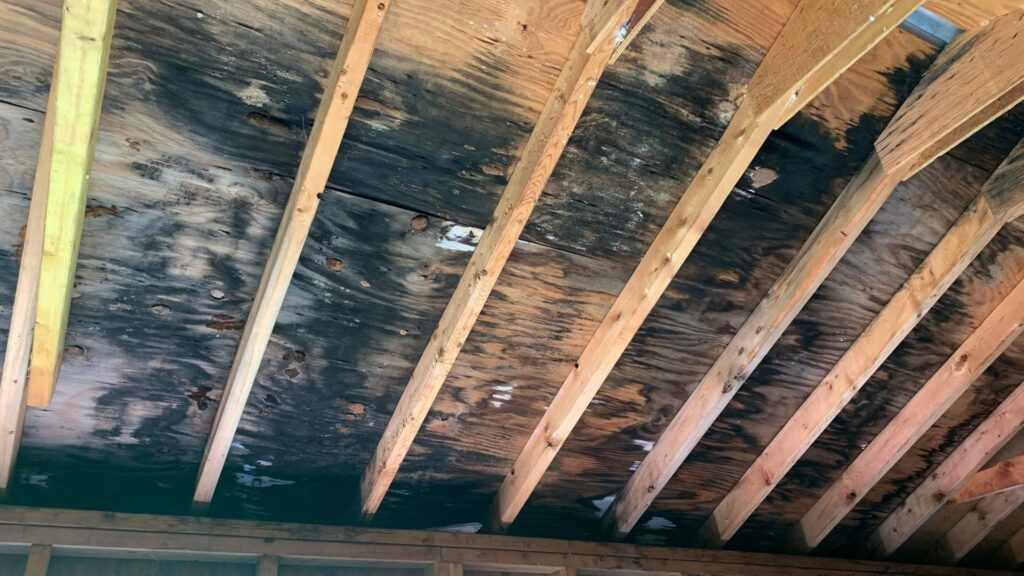
Mold, a common and potentially harmful fungus, can find its way into any home, regardless of its location. In Laguna Niguel, where the climate can be conducive to mold growth, it’s crucial for homeowners to be vigilant and proactive in identifying signs of mold infestation. Mold not only damages the structural integrity of your home but can also pose serious health risks. In this comprehensive guide, we’ll explore the signs that indicate the need for mold remediation in Laguna Niguel, helping you protect both your property and your well-being.
Visible Mold Growth
One of the most obvious signs of a mold problem is visible growth. Mold can appear as fuzzy, discolored patches on walls, ceilings, or other surfaces. Pay special attention to damp areas, such as bathrooms, basements, and kitchens. If you notice any discoloration or suspicious growth, it’s time to consider mold remediation.
Musty Odor
Mold often produces a distinctive musty odor. If you detect an unpleasant and persistent smell, even after thorough cleaning, it could be a sign of hidden mold behind walls, under flooring, or in other concealed spaces. Professional mold remediation experts can identify and eliminate the source of these odors.
Water Damage
Any form of water damage, whether from leaks, floods, or high humidity, creates an environment conducive to mold growth. If your home has experienced water damage, it’s crucial to address it promptly and thoroughly to prevent mold from taking hold. Mold remediation should be considered if water damage has occurred, even if there are no visible signs of mold.
Allergic Reactions
Mold spores can trigger allergic reactions in susceptible individuals. Symptoms may include sneezing, coughing, itchy eyes, and skin irritation. If you or your family members experience these symptoms without an apparent cause, mold exposure could be the culprit. Seeking professional mold remediation can help alleviate these health issues.
Deteriorating Indoor Air Quality
Mold can negatively impact indoor air quality, leading to respiratory problems and exacerbating existing conditions such as asthma. If you notice a decline in indoor air quality, including increased respiratory discomfort or unexplained health issues, it’s essential to investigate and address potential mold problems promptly.
Peeling Paint or Wallpaper
Mold can cause paint and wallpaper to peel or bubble, particularly in areas where moisture is present. If you observe such damage, it may indicate hidden mold behind the affected surfaces. Mold remediation is necessary to address the root cause and prevent further damage to your home.
Condensation
Excessive condensation on windows, walls, or pipes can create a breeding ground for mold. If you consistently notice condensation in specific areas of your home, it’s essential to identify and address the underlying moisture issue. Mold remediation can help eliminate the conditions that promote mold growth.
Past Flooding Incidents
If your home has experienced flooding in the past, even if it was adequately cleaned and dried, there may still be residual moisture that can lead to mold growth. Mold spores can remain dormant for a long time, and any lingering moisture can activate them. A thorough inspection and potential mold remediation are recommended in such cases.
HVAC System Issues
Mold can thrive in HVAC systems, spreading spores throughout your home. If you notice a musty odor when your HVAC system is running, or if there are visible signs of mold around vents, it’s crucial to address the issue promptly. Mold remediation experts can assess and clean your HVAC system to prevent further contamination.
Visible Water Stains
Water stains on ceilings or walls are indicative of leaks or water damage, providing an ideal environment for mold growth. Even if the stains are dry, they may have created conditions conducive to mold development. Mold remediation is necessary to eliminate both the visible stains and the hidden mold.
Conclusion
Protecting your home and health from the harmful effects of mold requires vigilance and prompt action. In Laguna Niguel, where the climate can contribute to mold growth, it’s crucial to be proactive in identifying signs of mold infestation. Whether you observe visible mold, detect a musty odor, or experience health issues related to mold exposure, seeking professional Mold Remediation Laguna Niguel is the key to addressing the problem at its source.
Ignoring the signs of mold can lead to severe structural damage to your home and pose significant health risks to you and your family. By staying informed about the signs discussed in this guide and taking swift action when needed, you can create a healthier living environment and safeguard the longevity of your home in Laguna Niguel. Mold remediation is not just about restoring your property; it’s about protecting your well-being and ensuring a safe and comfortable home for years to come.
